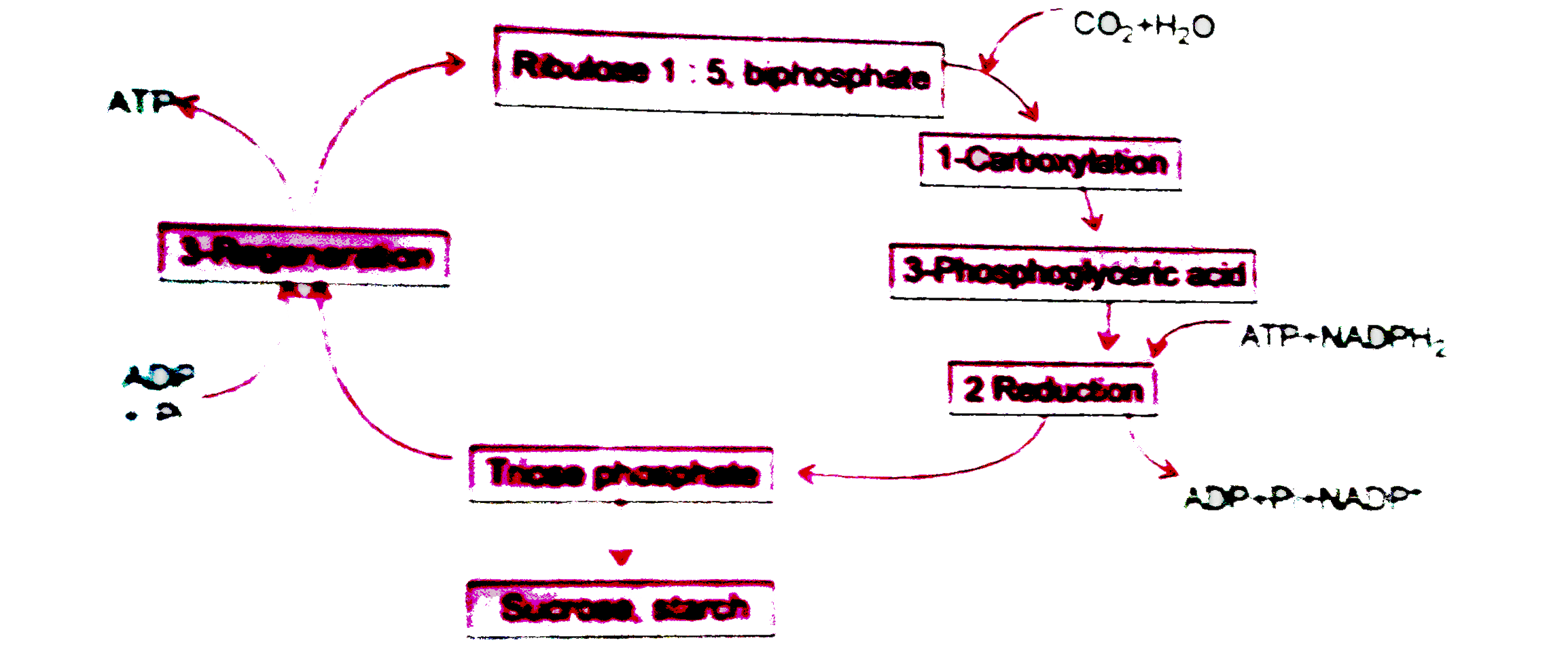In some cases, Ellingham diagrams (graphs) show a bend. What do you refer from it ?
Step-by-Step Solution:
1. Understanding Ellingham Diagrams:
- An Ellingham diagram is a graphical representation that shows the relationship between temperature and the stability of compounds, particularly metal oxides and sulfides. It plots the Gibbs free energy change (ΔG) against temperature.
2. Identifying the Axes:
- The x-axis of the diagram represents temperature, while the y-axis represents the Gibbs free energy change (ΔG). The lines on the graph correspond to different reactions, typically the formation of metal oxides from their elements.
3. Recognizing the Bends in the Graph:
- In some cases, the lines in the Ellingham diagram exhibit bends. These bends are significant and indicate specific physical changes in the metal oxides.
4. Interpreting the Bends:
- The bends in the Ellingham diagram correspond to the melting points and boiling points of the metal oxides. When the temperature reaches the melting point, the stability of the oxide changes, which is reflected in the graph as a change in slope or direction of the line.
5. Conclusion:
- Therefore, when you observe bends in an Ellingham diagram, you can refer to them as indicators of the melting and boiling points of the corresponding metal oxides.
- An Ellingham diagram is a graphical representation that shows the relationship between temperature and the stability of compounds, particularly metal oxides and sulfides. It plots the Gibbs free energy change (ΔG) against temperature.
- The x-axis of the diagram represents temperature, while the y-axis represents the Gibbs free energy change (ΔG). The lines on the graph correspond to different reactions, typically the formation of metal oxides from their elements.
- In some cases, the lines in the Ellingham diagram exhibit bends. These bends are significant and indicate specific physical changes in the metal oxides.
- The bends in the Ellingham diagram correspond to the melting points and boiling points of the metal oxides. When the temperature reaches the melting point, the stability of the oxide changes, which is reflected in the graph as a change in slope or direction of the line.
- Therefore, when you observe bends in an Ellingham diagram, you can refer to them as indicators of the melting and boiling points of the corresponding metal oxides.
Topper's Solved these Questions
- GENERAL PRINCIPLES AND PROCESSES OF ISOLATION OF ELEMENTSBook:AAKASH INSTITUTE ENGLISHChapter:GENERAL PRINCIPLES AND PROCESSES OF ISOLATION OF ELEMENTSExercise:Exercise
Explore 19 Videos
- GENERAL PRINCIPLES AND PROCESSES OF ISOLATION OF ELEMENTSBook:AAKASH INSTITUTE ENGLISHChapter:GENERAL PRINCIPLES AND PROCESSES OF ISOLATION OF ELEMENTSExercise:Assignment (Section-A) Objective type Question
Explore 30 Videos
- GENERAL PRINCIPLES AND PROCESSES OF ISOLATION OF ELEMENTSBook:AAKASH INSTITUTE ENGLISHChapter:GENERAL PRINCIPLES AND PROCESSES OF ISOLATION OF ELEMENTSExercise:Assignment (Section-D) Assertion-Reason Type Question
Explore 15 Videos
- EQUILIBRIUMBook:AAKASH INSTITUTE ENGLISHChapter:EQUILIBRIUMExercise:ASSIGNMENT (SECTION -D)
Explore 20 Videos
- GENERAL PRINCIPLES AND PROCESSES OF ISOLATION OF ELEMENTSBook:AAKASH INSTITUTE ENGLISHChapter:GENERAL PRINCIPLES AND PROCESSES OF ISOLATION OF ELEMENTSExercise:Try Yourself
Explore 33 Videos
Similar Questions
What is Ellingham diagram?
View SolutionWhat is Ellingham diagram?
View SolutionWhat is Ellingham diagram?
View SolutionWhat do you mean by a wave?
View SolutionWhat do you mean by linkage?
View SolutionWhat do you mean by upthrust?
View SolutionWhat does the following diagram show

View SolutionWhat do you understand by ppm ?
View SolutionOn Ellingham diagrams if two graphs intersect each other, what does the point of intersection indicate ?
View SolutionOn Ellingham diagrams if two graphs intersect each other, what does the point of intersection indicate ?
View Solution
